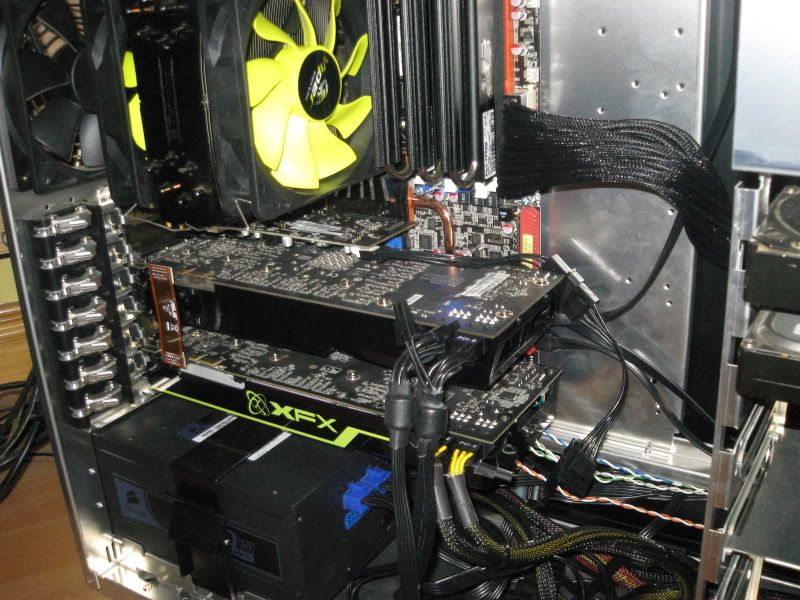This is a very silly question but I gotta ask.
Which way do I orientate the heatsink and fan?
I've got an Intel Core i7 980X, and Asus Rampage III motherboard in a Coolermaster HAF X case.
In some videos I've seen the fan is facing the DIMM slots and on others the fan is facing down.
Just to complete my post with another silly question. What is the purpose of the fan on the heatsink? To expel hot air of to suck in cooler air?
Thank you.
Which way do I orientate the heatsink and fan?
I've got an Intel Core i7 980X, and Asus Rampage III motherboard in a Coolermaster HAF X case.
In some videos I've seen the fan is facing the DIMM slots and on others the fan is facing down.
Just to complete my post with another silly question. What is the purpose of the fan on the heatsink? To expel hot air of to suck in cooler air?
Thank you.



